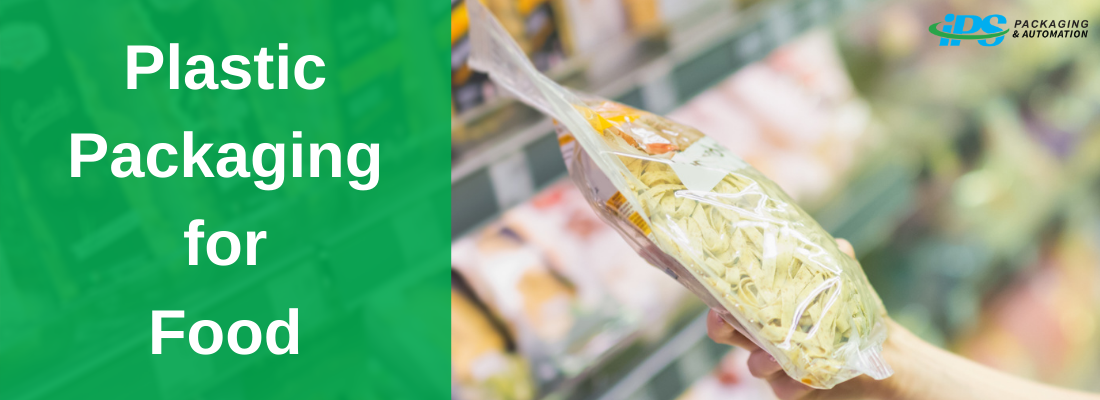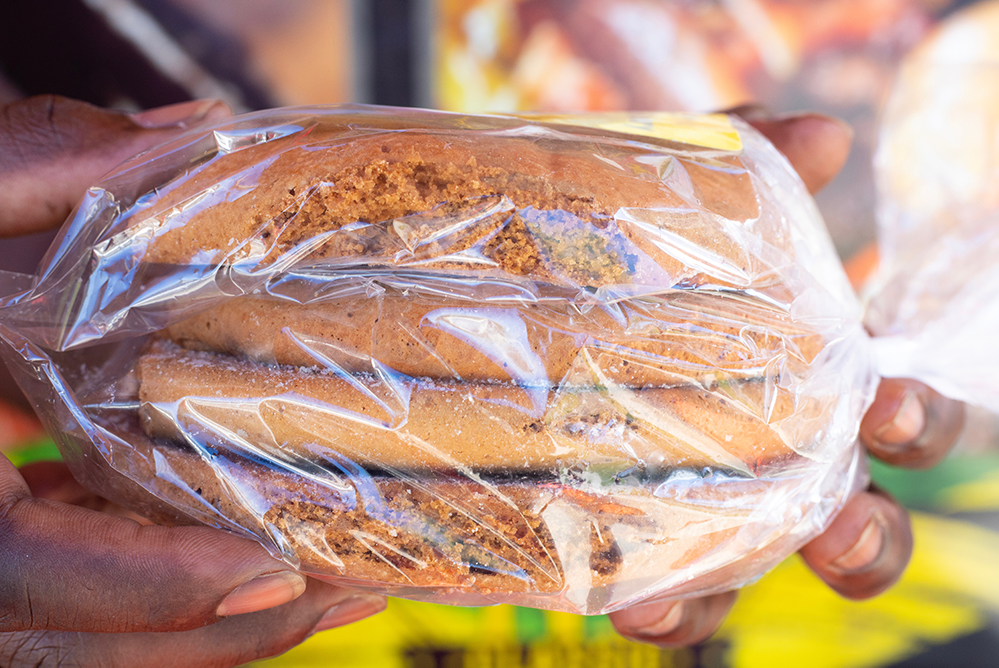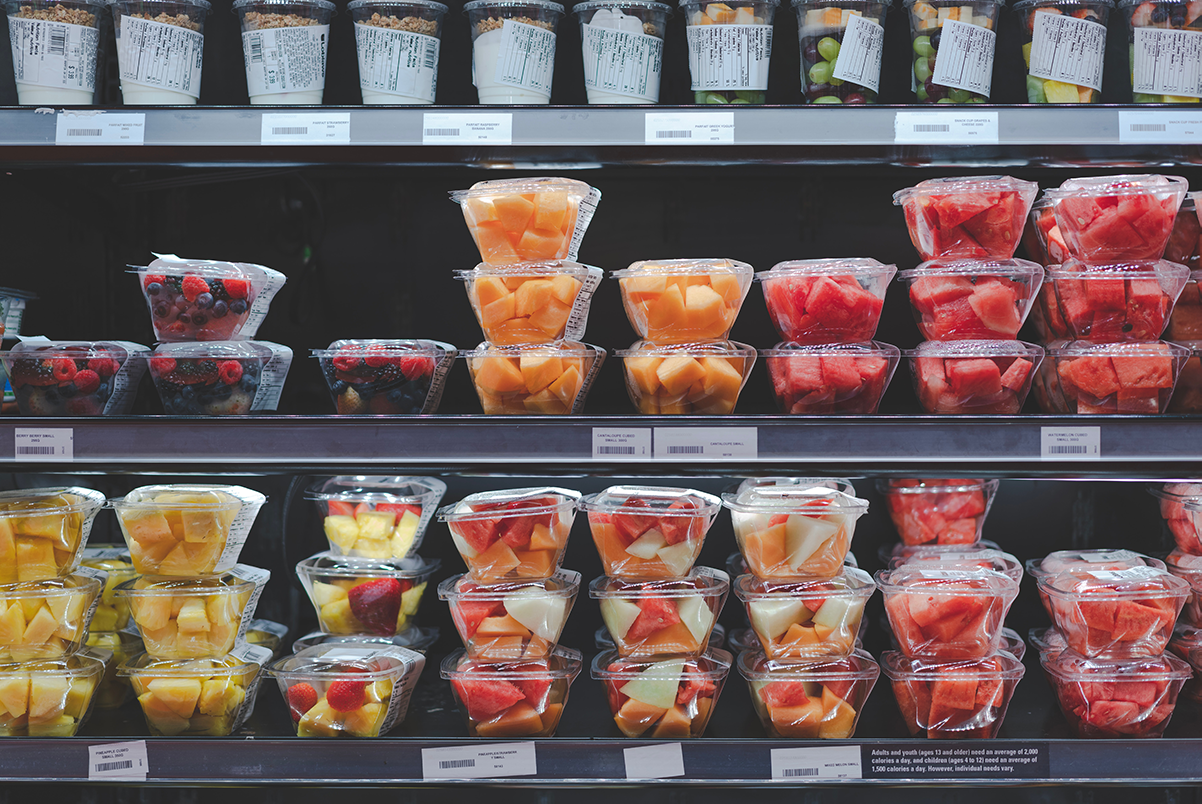

Plastic Packaging for Food: What to Know
In recent years, plastic packaging supplies have been on the receiving end of some pretty bad press. Because plastic is such an incredibly popular material for packaging, it's also one of the more common items to see littered on the side of the road or tossed in a landfill to take up space for hundreds of years to come. Sustainably minded consumers across the world have their hearts in the right place and view plastic waste as one of the main concerns of the environmental movement that has swept the globe over the past few decades. Though plastic presents some valid concerns, it is also a highly versatile and helpful component for a variety of functions. This is especially true when we look at plastic packaging for food. There are a few elements that are necessary to understand when examining plastic food and beverage packaging, including the many advantages it brings to consumers, manufacturers, and retailers alike, and also how it affects the natural world around us.
Plastic Packaging for a Longer Lifespan 
Plastic packaging for food brings one huge benefit to every single person it encounters during the supply chain – it helps extend the shelf life of the consumables inside. The vast majority of food products have a relatively short life expectancy, especially when it comes to fresh produce, meats, dairy, or baked goods. One of the only packaging materials that is capable of protecting these kinds of foods is plastic. Though it seems like a fairly generic product, plastic comes in a huge variety of styles and substrates, each with its own unique properties to make it appropriate for different applications. Certain types of plastic will offer premium protection to sensitive foods, which keeps them fresh for longer periods. This makes it possible to reach more consumers and for the individual buyers to keep the food in their home for greater amounts of time. One of the best aspects of this extended shelf life is that, in turn, it helps reduce food waste overall. A prolonged lifespan creates more opportunity for a consumer to actually eat the food they purchased, making it less likely to end up in a trash can or recycling bin.
Convenience and Ease of Use
Anyone who creates or develops packaging should understand one key idea about nearly every consumer in the United States – convenience is king. Plastic packaging for food that is designed to be functional and helpful quickly augments the user experience of anyone buying that food. Not only can plastic packaging supplies be used as quick, easy to handle takeout containers, but they also make life more convenient because of their protective abilities. Because plastic helps to extend the lifespan of the many edible goods it houses, grocery chains, convenience stores, restaurants, and beyond can stock more items for their customers to select from and are able to keep those items on the shelves longer. Additionally, the end user will be able to buy that food and keep it in their own kitchen cupboards for more time than would be possible without the help of plastic packaging.
Plastic Packaging for Food is Safe and Sanitary
The safety and integrity of the food we eat is paramount to our health and wellbeing. This has always been true, but with the arrival of the COVID-19 pandemic in 2020, the need for secure, sanitary food and beverage storage is more important than ever before. Thankfully, plastic packaging for food offers just that. Plastic packaging materials do an excellent job safeguarding your meals, snacks, and drinks from external contaminants – both in the air around us and that may be lingering on the hands of others. Whether it’s a plastic vacuum seal pouch protecting a cut of meat, a sealed plastic bag holding your potato chips, or a basic plastic clamshell container covering a tasty slice of cake, plastic includes a diverse range of packaging supplies that keep your food safe from harm, whether you can see those dangers or not.

The Benefits of Plastic Packaging for Food
It’s clear that there are a wide range of advantages to using plastic packaging for food. Even with all of these benefits, many consumers are still rightfully concerned about sustainability and how to make plastic food packaging better for the environment. Because the material is a necessity and won’t be going away anytime soon, it is important to continue innovating and finding solutions to this problem. New materials like bioplastics, more energy efficient manufacturing processes, and better recycling programs across the world are all simple steps toward improving the sustainability of plastic packaging for food. Contact IPS Packaging & Automation today to learn more about our lineup of eco-friendly plastic packaging materials and to get started finding the right supplies and equipment for your business.




